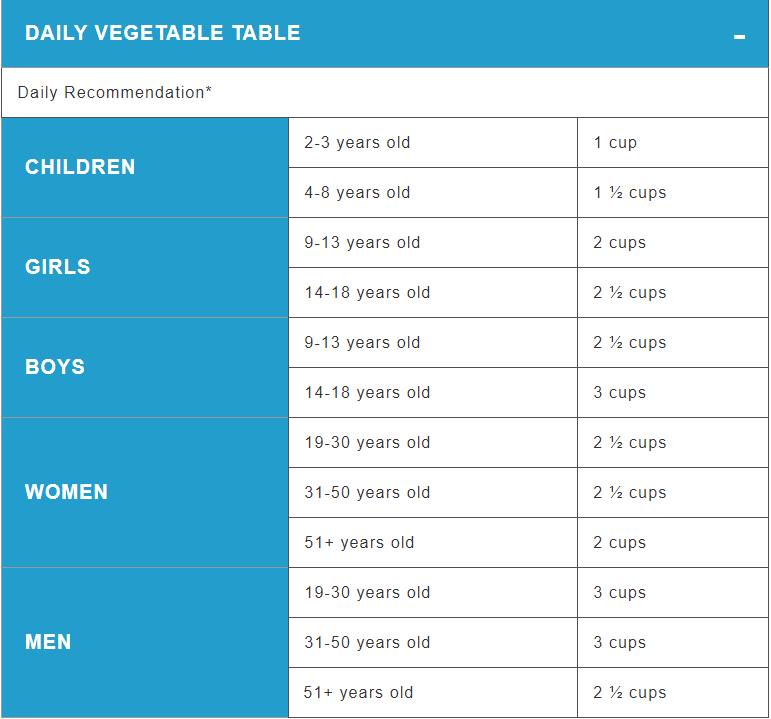Day 13 - Servings Sizes Simplified
Hey Sister! Today we’re going to be diving in a little deeper on portion sizes for you, your husband, and kiddos.
.
Let’s be real. We’ve all been here: after enjoying a quick snack, we check the nutrition label only to learn we’ve just eaten two, three or even four servings when we thought we were having one.
.
We all know deep down that our food industry tends to double, triple or even supersize servings and restaurants are notorious for putting way more food on a plate than anyone other than an intense athlete should eat. And things like this can sabotage our hard work towards a healthy lifestyle without us even knowing it! Unfortunately, many of us have visually adjusted to these big serving sizes and are unaware of what an accurate portion looks like.
.
If we can reprogram our brains to see healthy servings sizes, then maybe we won’t be fooled when it comes to being over-served.
.
So before we jump in, I think that there are a few important distinctions to make: particularly between serving size and portion size!
.
A serving size is a measured amount of food — 1 cup, 1 slice, 1 bag, etc. — intended to be eaten at one time. Typically this is the amount you’ll see on food labels that has so many calories & different macro and micronutrient breakdowns per serving.
.
A portion size is the amount of food or drink you actually choose to consume in one sitting (not necessarily always measured). This can actually be more or less than the recommended serving size. So a portion of pancakes in your house might be 2 per person, but at IHop, it can be 6 per plate… there isn’t consistency between the two but they are both considered portion size!
.
The reason that I want to point these two things out, is because YOU are the difference between the two! And depending on the portion sizes you are choosing to eat, it can easily change the course of your health goals!
.
On tip that I recommend when starting out a healthy lifestyle is to measure foods (even if it’s your main go-to meals for a week!) to get an idea of what the serving sizes actually look like and how they should translate to your portions. You may be surprised to find different areas that you are or aren’t getting enough of certain types of food! Trust me when I say, overtime it becomes easier to pick the appropriate amount of foods as you grow more in tune with your body and see what serving sizes actually look like!
.
While these quick measurements for serving sizes are a valuable tool, it's important to listen to your body while eating. If you are still hungry after eating one serving, that likely means you need more food. And if you're full on less than one serving, that's OK too!
.
Today, our goal is to help you match your portions to recommended serving sizes! Hopefully these tips make it easy to eyeball how much food you’re eating (and you might be surprised how many calories you cut if you try this for a week!)
.
Here’s how it works:
⭐Check out the chart of your hand serving sizes (these are based on a medium sized hand)... I recommend screen shots of this so you can use it as future reference!
⭐Find your recommended servings per day from https://buff.ly/Hy53hE (see pictures on recommended amounts for each main food group!)… these even cover your kiddos and husband!
⭐Use your hands to know how many servings you need per day!
.
For more charts on recommended servings (we’ve just included 3 of the main ones today), check out:
⭐Fats: https://buff.ly/2X5Zh1M
⭐Fruits: https://buff.ly/31Ug2AK
⭐Dairy: https://buff.ly/2YgGPVu
.
⭐ACTION: Tomorrow, work to use these hand measurements to gauge how much fats, proteins, carbs and veggies you and your family are eating. Share your thoughts on how this worked out for you below!






